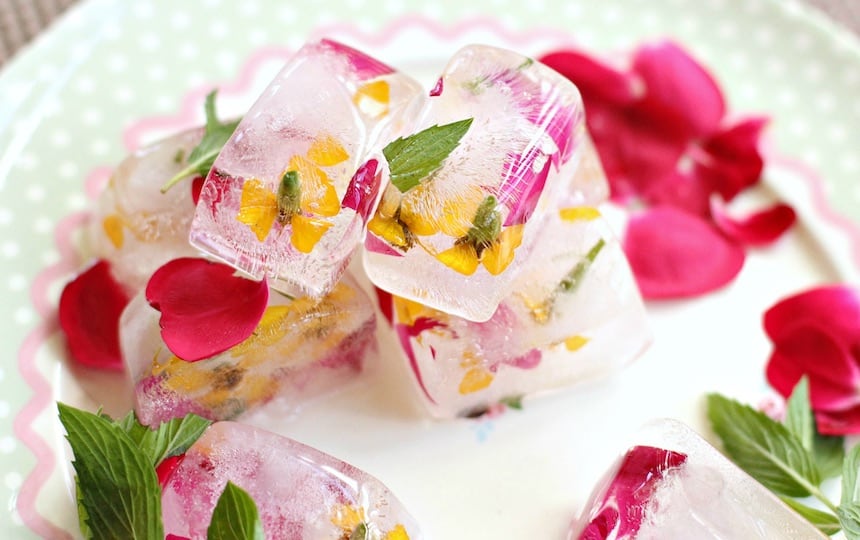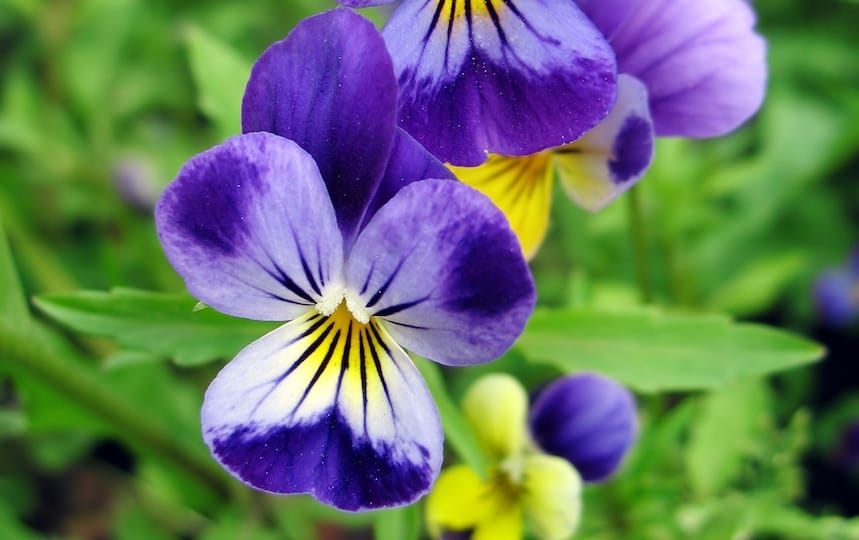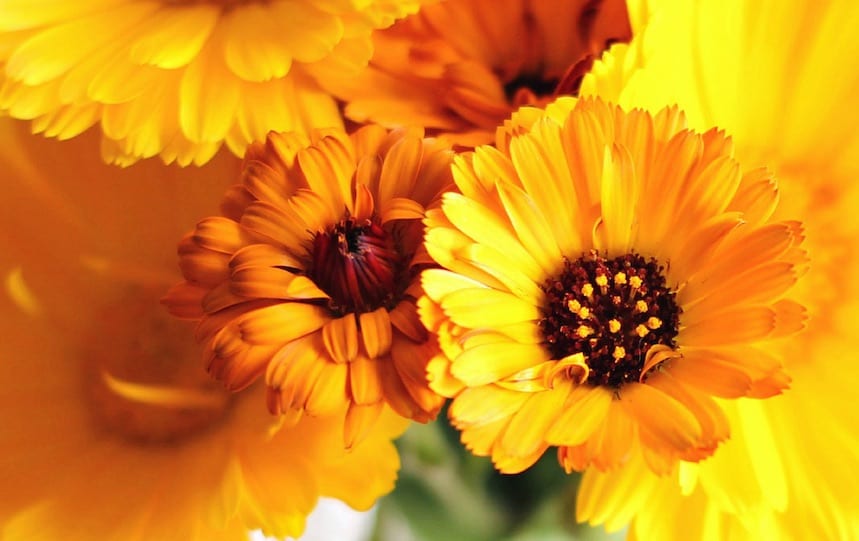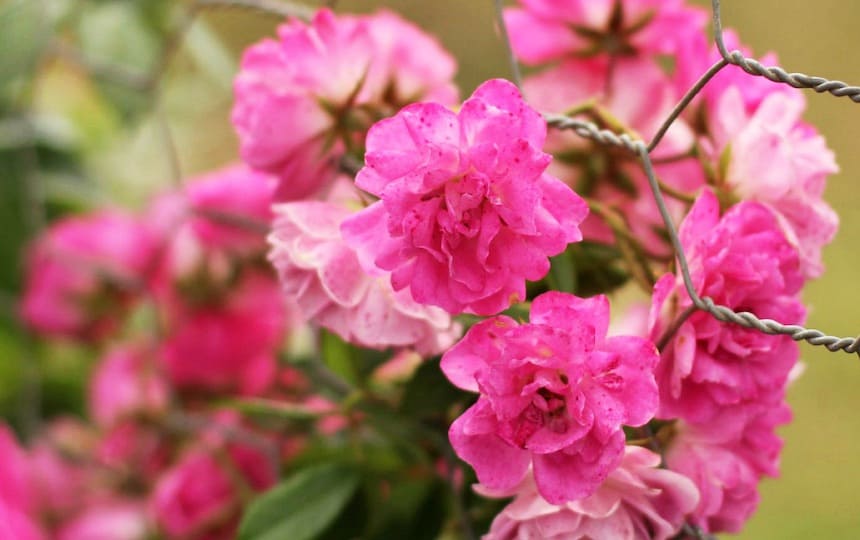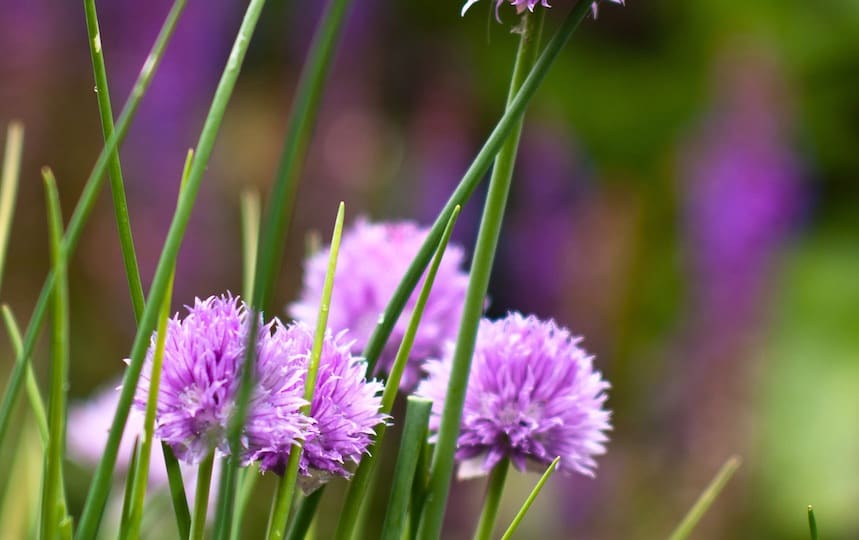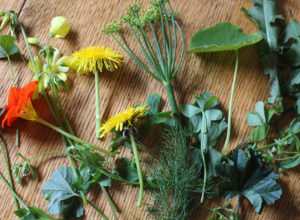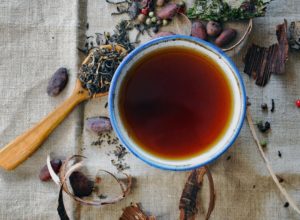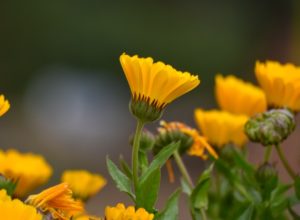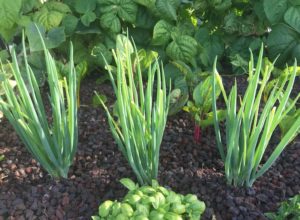Anyone interested in edible gardening tends to grow vegetables, but have you ever considered growing edible flowers?
When you start looking into which flowers are edible, it is surprising to find that most gardeners have at least one variety of edible bloom growing in their garden.
The wonderful thing about growing flowers for food is that it gives you a good reason to take up growing space with them. Ideally our gardens are filled not only with vegetables and greens, but also flowers for us and the bees.
There are many varieties of edible flowers, but these top five are easy to grow, and perform well. They can stay fresh for hours after picking – but avoid the heat of the day, and place the stems in water until you use them.
1. Pansy
These are delicious in salads, and the best way to use them is with mint leaves on top of a butter or chocolate cake. The flowers are high in vitamin C and the young leaves, also edible, are high in vitamin A. They have a delicate mild flavour, and the heirloom variety Arkwright Ruby has a stronger, almost vanilla flavour.
2. Nasturtium
This is one edible bloom we all know about: children love to bite the end off and suck the nectar. The flower is peppery, and best suited to savoury use. Whip up a herb dip and stuff it into the nasturtium flowers, or add them to fresh garden salads.
3. Calendula
Calendula look gorgeous adorning a cake. Or add the petals to rice as a saffron substitute.
(By the way, here’s a recipe for calendula cream if you’d like to use these blooms for something other than eating!)
4. Rose
These look special atop a cake. I like using an old variety of a climbing tea rose: they’re small and can either be eaten with the cake or pulled off afterwards.
5. Chives
Onion, garlic or plain chive flowers pack a lot of flavour. Garlic chives produce a delicate purple bloom, and onion chives grow a larger, paler flower. As well as these Allium species, the related society garlic Tulbaghia violacea is also useful in savoury cooking.
Want to know more about edible flowers?
In Issue #6 of Pip Magazine, we explore edible flowers in more detail, including:
- Tips for keeping your edible flowers fresh.
- Advice on how to dodge questionable chemicals when sourcing your blooms.
- Plus, recipes for stuffed nasturtium flowers and decorative ice cubes.
You can access this article online here as part of our digital subscription offering, or subscribe to the print version of Pip Magazine here.

